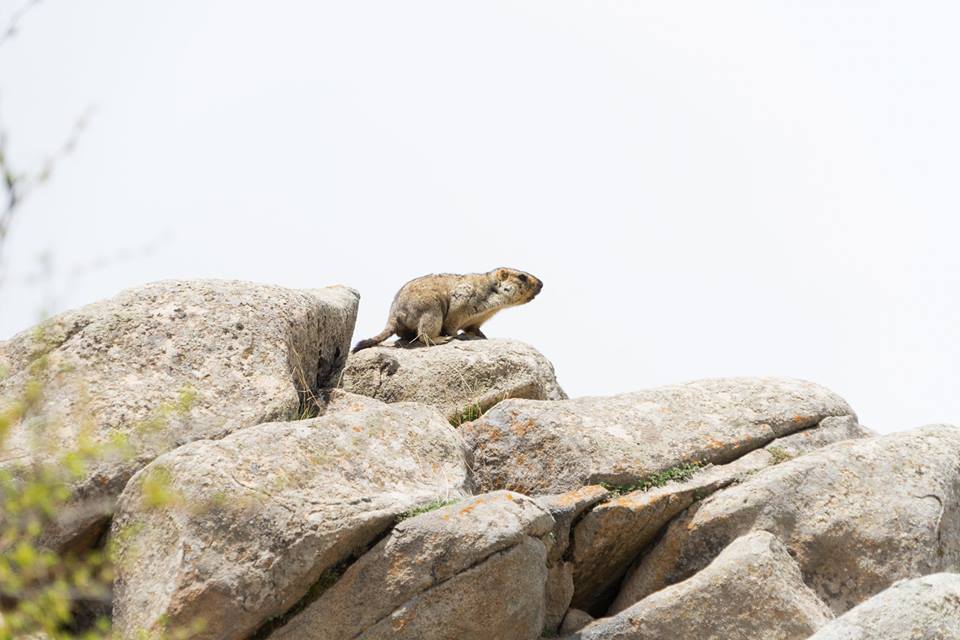World Environment Day
|
The Environment There are no trees in Ritoma. At first I thought it was due to the altitude, though the monastery’s pine grove planted some thirty years ago and looming high over the never-ending pasture contradicts this. Also, nearby areas boast trees of all kinds, which proves that at a mere 3,200 meters we are not above the treeline. Moreover, no one remembers ever seeing trees or hearing that there ever were any, which eliminates recent deforestation. Then I realized, feeling somewhat stupid as I did, that nomadic areas have no trees because of the thousands of animals that graze there, and that the areas that have trees are farming ones. Grassland is perpetrated by maintaining an ecological balance developed over thousands of years, a fragile equilibrium between the plants and animals that live on it. The plateau is host to a rich flora, much of it endowed with medicinal properties, fodder for the yak, sheep and gazelles that graze on the pasture. Their dung and droppings, rich from the plants that comprise their diet in turn enrich the soil, process the seeds of some plants and ensure their life cycle. Over grazing or no grazing at all breaks this balance, provoking erosion or allowing unbridled growth of aggressive grasses that take over areas to the detriment of other plants. Ritoma is an expanse of rolling hills and narrow valleys fed by streams. There are wetlands and whole areas with grassy bumps accessible only foot or horseback. The flora is varied and stunning, reaching its peak on July 15th with carpets of yellow flowers and ending in late October when the edelweiss have dried out and the milk thistles’ seeds have left the flower, taken by the wind. Wildlife comprises of marmots, hares, gazelles, foxes and wolves. The skies are home to eagles, vultures and falcons as well as ground nesting birds like the hoopoe, ground tit and pheasants. Ruddy Shelducks and wild geese stay near the wetlands and lakes. Once we were told that the ecological health of an area can be measured by noting the existence of the two creatures on either extreme of the food chain; the eagle and the frog. One is acutely aware of the presence of both on a summer picnic. Eagles circle the area hoping for a snack and frogs are hopping everywhere. Today, Tibetan nomads are living in a world transitioning between the old and the new. The old way respected nature’s cycles knowing that moderation helped maintain a balance, assuring their livelihood, and people took only what they needed. The new, with its lure of the market economy can lead to excesses, which so far has been tempered by the Buddhist world view and its respect for nature combined with the knowledge that this land, tied to their identity is theirs to respect and maintain. |



















